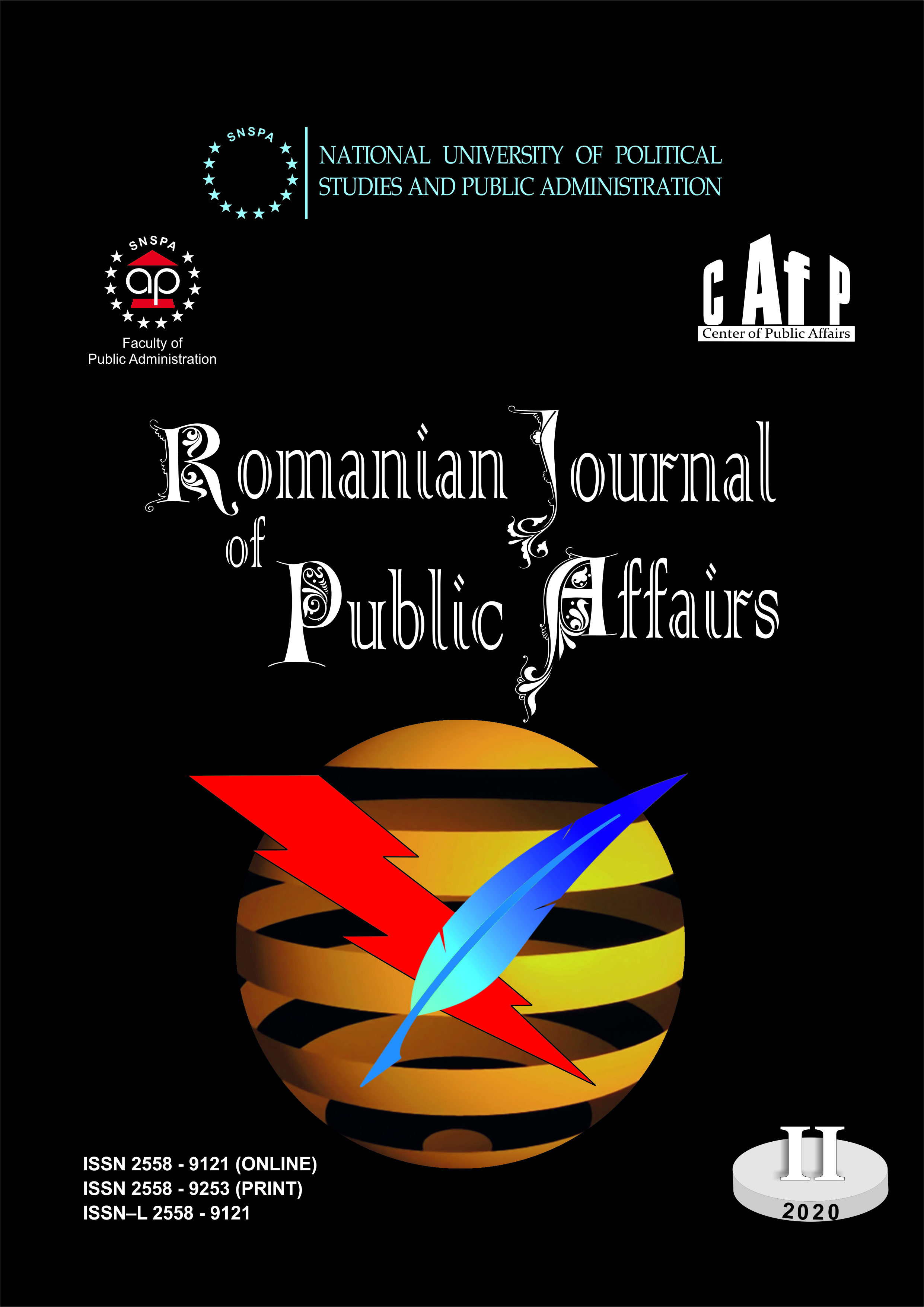Cultural and Natural Heritage and its Law
Cultural and Natural Heritage and its Law
Author(s): Andrei Dutu-BuzuraSubject(s): Architecture, Civil Law, Administrative Law
Published by: Editura Economică
Keywords: ''right to culture'';''common heritage'';''cultural heritage'';''natural heritage'';''world heritage'';''access to common heritage'';''the right to a healthy environment'';
Summary/Abstract: Differentiating itself from the civil law individualist vision of theconcept of patrimony, as a specific mark of economic liberalism, theconcept of common heritage – national, European and world –, bothcultural and natural, much more conservative and unproductive, has knownan extraordinary development in the past few years, under the impulse oftwo factors: the globalization and its uniformity, on the one hand, and thedangers and menaces that threat the environment, on the other hand. Thisspecial type of patrimony or heritage (depending on the legal system ofreference) introduces an element both moral and legal, in the preservationof cultural and environmental values, as collective heritages, egalitarianand solidary, transgenerational, and non-economic. Moreover, they allserve three main functions: common usage, preservation, and passing overto the future generations.The protection, the preservation in view of passing over, and ensuring a fairaccess to their benefits make up the contents of a bulk of regulations thatare about to be structured into both a new branch of law, and an originalscientific field: cultural and natural heritage protection law. We are alsowitness to the emergence of a right to fair access to these heritages. Thespecifics of this new branch of law are revealed by the proximal genus(administrative law, cultural law, environmental law, urban planning law)and the expression of the specific difference.
Journal: Romanian Journal of Public Affairs
- Issue Year: 2020
- Issue No: 2
- Page Range: 17-34
- Page Count: 18
- Language: English

